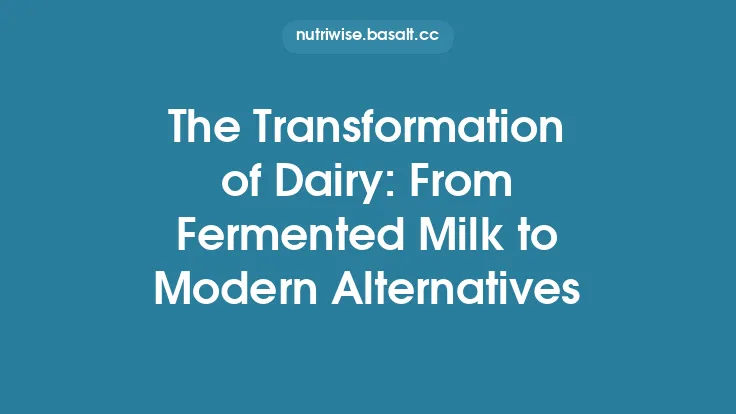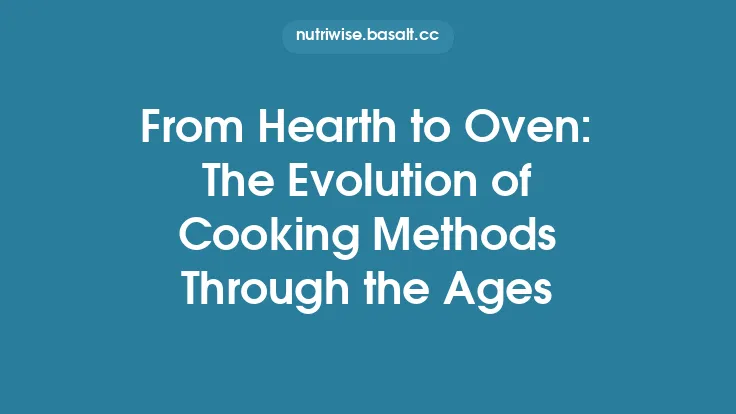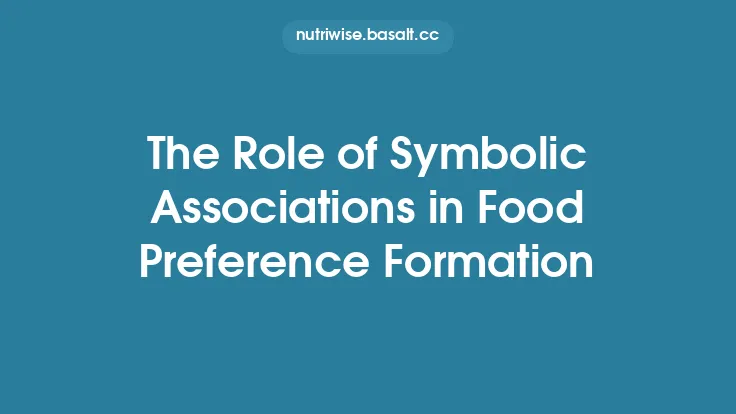Spices have long been more than mere flavor enhancers; they are cultural signifiers, economic catalysts, and agents of social change. Their journey from rare, coveted luxuries to ubiquitous pantry staples mirrors broader shifts in technology, commerce, and taste. Understanding this transformation offers insight into how societies negotiate identity, power, and health through the foods they cherish.
Early Perceptions and Symbolic Value
In antiquity, spices were imbued with mythic qualities. Aromatic resins such as frankincense and myrrh were linked to the divine, used in religious rites to bridge the mortal and the sacred. In ancient Egypt, the fragrant oil of cinnamon was reserved for embalming royalty, while in the Indus Valley, turmeric’s bright hue signified purity and was applied to both food and ritual. These early uses were less about taste and more about symbolism—spices acted as visual and olfactory markers of status, sanctity, and protection against unseen forces.
Spices as Currency and Power
Before the modern monetary system, spices functioned as a de facto currency. The high value of pepper, cloves, and nutmeg—derived from their scarcity, labor‑intensive harvest, and complex logistics—made them ideal for trade and tribute. Empires such as the Roman and later the Ottoman leveraged spice taxes to fund military campaigns, while African kingdoms like the Kingdom of Kongo exchanged gold for pepper to cement diplomatic ties. The intrinsic value of spices also fostered early forms of financial instruments; contracts for future deliveries of cloves were recorded on clay tablets in the ancient Near East, foreshadowing modern commodity futures.
Colonial Encounters and the Democratization of Flavor
The Age of Exploration dramatically altered the spice landscape. European powers established plantations in the Moluccas, Ceylon, and the Caribbean, shifting production from small‑scale, community‑based harvests to large, monocultural estates. This transition lowered unit costs, allowing spices to move beyond aristocratic tables. Simultaneously, the introduction of New World chilies to Asia and Africa created hybrid cuisines—think of the fiery curries of South India or the pepper-infused stews of West Africa. The diffusion of these flavors was not merely a culinary phenomenon; it reflected the complex interplay of colonization, migration, and adaptation.
Scientific Understanding and Health Implications
For centuries, spices were believed to possess medicinal virtues. Ayurvedic texts prescribed ginger for digestive ailments, while medieval European physicians recommended cinnamon to balance humors. The 19th‑century rise of organic chemistry demystified many of these claims, isolating active compounds such as capsaicin (the pungent component of chilies) and curcumin (the bright pigment of turmeric). Modern research now validates several traditional uses: curcumin exhibits anti‑inflammatory properties, ginger can alleviate nausea, and certain essential oils possess antimicrobial activity. This scientific grounding has re‑elevated some spices from kitchen staples to functional ingredients in nutraceuticals and functional foods.
Industrialization, Global Supply Chains, and Everyday Access
The advent of mechanized processing and refrigerated transport in the late 19th and early 20th centuries removed many of the logistical barriers that once kept spices rare. Bulk grinding, vacuum‑sealed packaging, and standardized grading systems enabled supermarkets worldwide to stock pepper, cumin, and paprika at prices comparable to staple grains. The rise of commodity markets further stabilized prices, making spices a predictable component of household budgets. Consequently, recipes that once required a single pinch of an exotic spice now call for generous quantities, reflecting both increased availability and evolving palate expectations.
Culinary Integration Across Cultures
As spices entered everyday life, they became vehicles for cultural exchange. The Portuguese introduction of piri‑piri chilies to Africa gave rise to the iconic peri‑peri sauce, while the Dutch transport of nutmeg to the Dutch East Indies spurred the development of Indonesian rendang. In the United States, the 20th‑century immigration waves brought cumin, coriander, and cardamom into mainstream American cooking, leading to the emergence of Tex‑Mex, Cajun, and later, fusion cuisines that blend disparate spice palettes. This integration illustrates how spices act as linguistic bridges, allowing chefs to converse across continents without words.
Contemporary Challenges: Sustainability and Authenticity
The very abundance that made spices commonplace now threatens their ecological and cultural integrity. Overharvesting of wild pepper vines in Vietnam and unsustainable cinnamon farming in Sri Lanka have prompted soil degradation and loss of biodiversity. Moreover, the global demand for “authentic” spice blends has fueled adulteration—synthetic dyes added to paprika, or cheaper substitutes mixed into saffron. Certification schemes such as Fairtrade and organic labeling aim to address these issues, but they require consumer awareness and willingness to pay premium prices. Balancing mass accessibility with ecological stewardship remains a central dilemma for the spice industry.
Future Directions: Innovation and Preservation
Emerging technologies promise to reshape the spice sector once again. Precision fermentation can produce flavor compounds like vanillin and eugenol without traditional agriculture, potentially reducing land use and carbon footprints. Meanwhile, blockchain traceability platforms are being piloted to verify origin, ensuring that a pinch of “real” Kashmiri saffron can be distinguished from counterfeit batches. On the culinary front, chefs are experimenting with “hyper‑regional” spice blends that revive forgotten local varieties, thereby preserving intangible cultural heritage. These innovations suggest that spices will continue to oscillate between luxury and everyday use, guided by the twin forces of technology and cultural memory.
In sum, the evolution of spices from exclusive luxuries to staple flavors encapsulates broader patterns of human development: the quest for status, the drive for economic expansion, the pursuit of scientific understanding, and the ongoing negotiation between global connectivity and local identity. As we season our meals today, we are partaking in a millennia‑long dialogue that continues to shape—and be shaped by—the cultures that cherish them.





